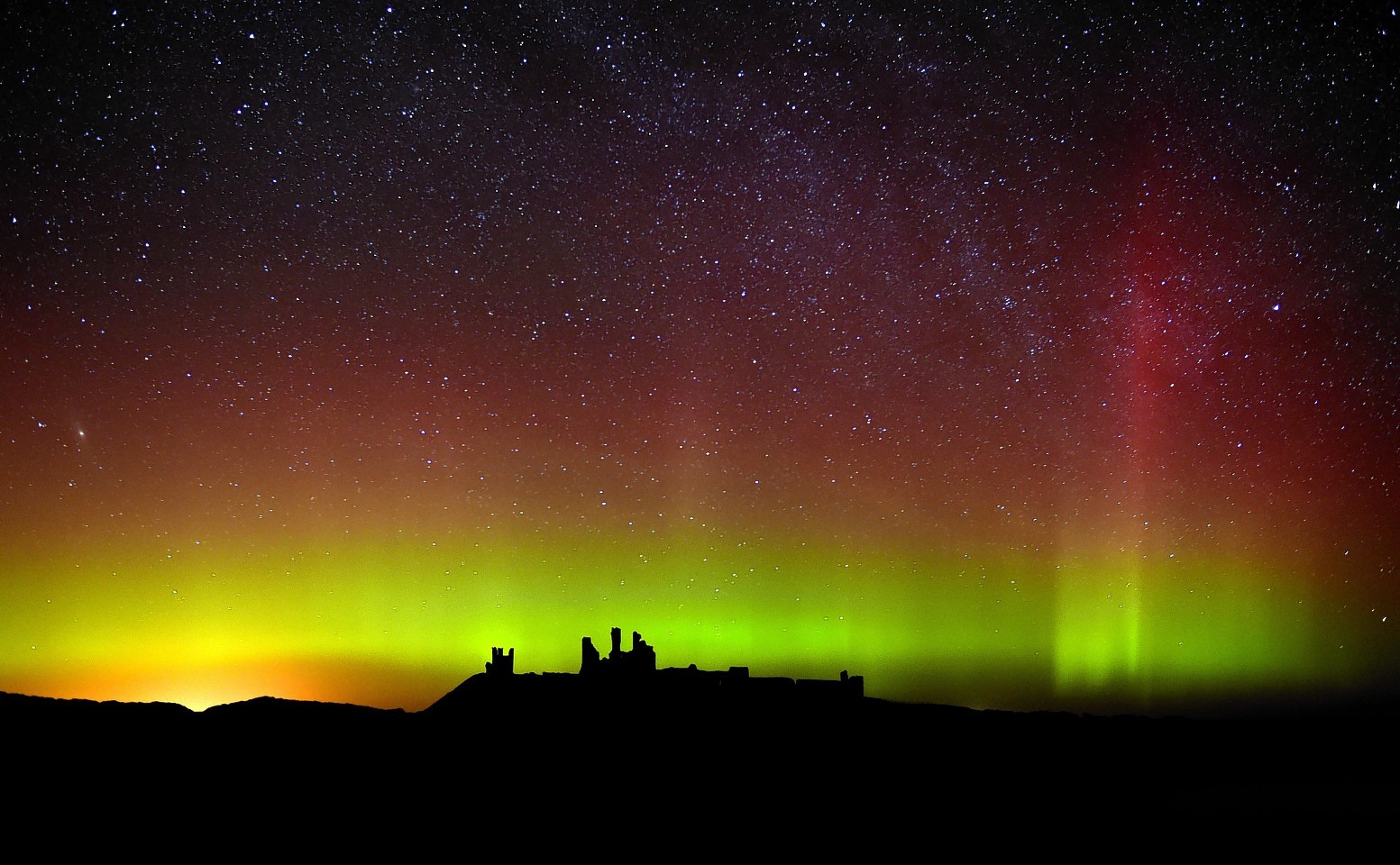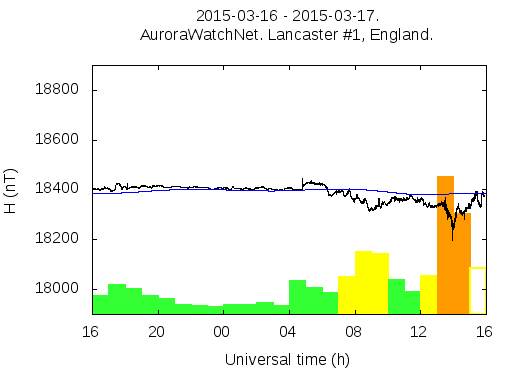A Met Office spokesman has warned that this evening’s mist and clouds mean large parts of Scotland will be unable to see the Northern Lights shining over the country, however, there is hope for certain areas.
Lancaster University this afternoon issued an ‘amber alert’ for sightings of the Aurora Borealis over Scotland tonight, however, the Met Office have now confirmed which areas of the country will be most likely to witness the phenomenon.
The best of the pictures from the Northern Lights can be found in our gallery
The north east had previously been tipped as one of the best areas to view them but a Met Office spokesman said: “Unfortunately there is a lot of cloud around the Aberdeen coast and inland in the north east which is going to remain in place throughout the evening.
“The best breaks in the cloud are in northern Aberdeenshire and into Moray.
“The clearest parts of Scotland will be in the far north west, in Caithness, the Hebrides and Outer Hebrides.”
The Northern Lights follow a spectacular meteor storm over the Highlands on Sunday night and the highly anticipated solar eclipse on Friday morning.
Experts have said ‘a geomagnetic storm, the cause of the aurora, was currently in progress’.
Lancaster University’s Aurora Watch UK published their data online. See below, if you understand these things!

